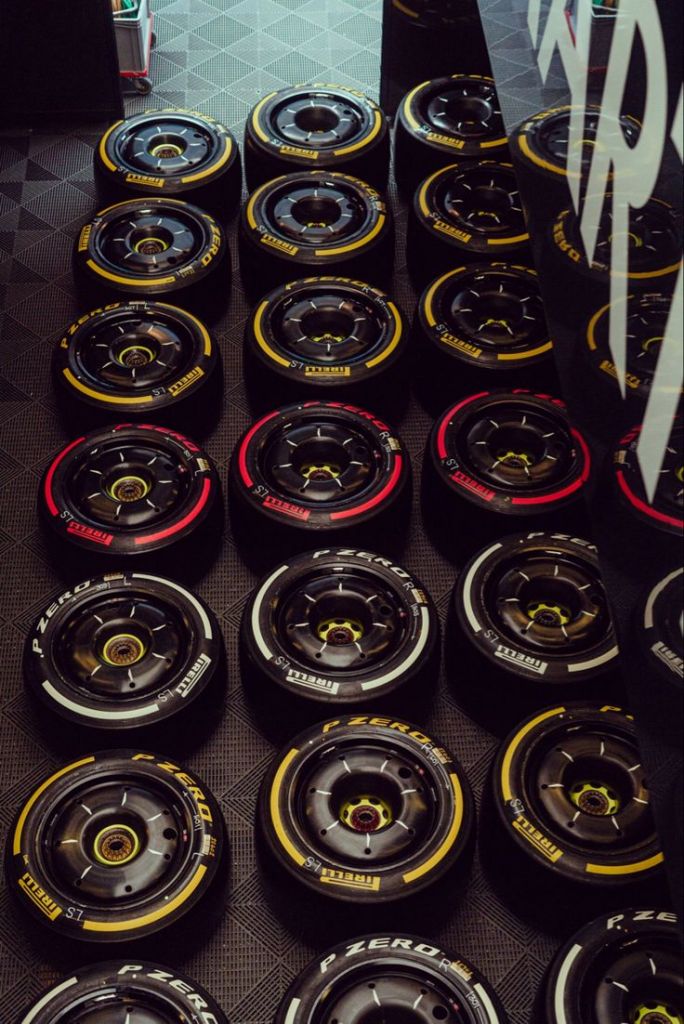
In motorsport, every detail matters. From aerodynamics to engine performance, every component of a race car or motorcycle is meticulously designed and calibrated for maximum efficiency. Yet, among all these advanced technologies, one component often gets overlooked by casual fans but is absolutely critical: the tyres.
Tyres are the unsung heroes of motorsport, connecting the vehicle to the track and translating all that horsepower into speed and control. Let’s delve into why tyres are so vital to performance in racing and explore the science and strategy behind them.
The Role of Tyres in Motorsport
Tyres serve as the only point of contact between the vehicle and the surface of the track. Their role is multifaceted:
- Traction: Tyres provide the grip necessary to propel the vehicle forward and maintain stability during cornering.
- Handling: They determine how responsive the car or bike is to steering inputs.
- Durability: Tyres endure extreme forces, heat, and wear over the course of a race.
Without the right tyres, even the most advanced race car or motorcycle would struggle to remain competitive.
Types of Racing Tyres
Motorsport tyres come in various types, each suited to specific conditions:
- Slick Tyres: These are smooth, with no tread, designed for dry conditions to maximise the contact patch and grip.
- Wet Tyres: With deep grooves to channel water away, these are essential for maintaining control on a wet track.
- Intermediate Tyres: A hybrid option used for mixed conditions when the track is damp but not fully wet.
- Off-Road Tyres: For rallying or motocross, these feature aggressive tread patterns to handle loose surfaces like gravel, mud, or sand.
Each type of tyre is a marvel of engineering, designed for maximum performance under specific conditions.
The Science Behind Racing Tyres
Racing tyres are far more complex than they appear. Here are some of the key aspects:
- Compound: The rubber used in tyres is formulated to balance grip and durability. Softer compounds provide more grip but wear out quickly, while harder compounds last longer but may compromise traction.
- Tread Pattern: For non-slick tyres, the tread pattern is carefully designed to optimise performance for specific surfaces.
- Heat Management: Tyres need to reach their optimal temperature to perform well. Too cold, and they lack grip; too hot, and they lose stability and wear faster.
- Sidewall Stiffness: The stiffness of the tyre’s sidewall affects handling and how the car reacts to cornering forces.
Tyres are also subject to immense forces in motorsport, including lateral forces during cornering, longitudinal forces during acceleration and braking, and vertical forces from the car’s weight and aerodynamic downforce.
Tyre Strategy in Racing
In competitive racing, tyre strategy can make or break a race. Teams must decide:
- Which compound to use: Softer compounds might provide an early advantage but require more pit stops.
- When to change tyres: Timing a pit stop perfectly can gain valuable seconds, especially in unpredictable weather.
- How to manage tyres: Drivers must balance pushing the limits of performance with conserving tyre life over the course of the race.
Formula 1, for example, features multiple tyre compounds for each race, and teams must strategise which ones to use based on track conditions, weather, and race length. Similarly, in endurance racing like Le Mans, teams focus on durability and consistency over outright speed.
Tyres in the Spotlight: Famous Moments
Tyres have often been at the centre of iconic moments in motorsport:
- In the 2005 U.S. Grand Prix, tyre safety issues led to only six cars competing, showcasing the critical importance of proper tyre performance.
- MotoGP riders frequently gamble on tyre choices in unpredictable weather, with brave decisions sometimes leading to incredible victories.
- In rally racing, tyre choices can mean the difference between finishing a stage or getting stuck in the mud.
The Future of Motorsport Tyres
With advances in materials science and technology, the future of racing tyres is exciting. Developments like self-healing rubber, real-time performance sensors, and environmentally friendly materials are on the horizon. Electric racing series like Formula E are also pushing tyre manufacturers to create all-weather tyres that can perform in a variety of conditions while reducing waste.
Tyres are far more than just rubber circles—they’re a sophisticated and essential component of any race vehicle. From the science of their design to the strategy of their use, tyres play a pivotal role in determining who crosses the finish line first.
Next time you watch a race, pay closer attention to the tyres. They might not steal the spotlight like a high-revving engine or a daring overtaking manoeuvre, but they’re the foundation upon which all great motorsport performances are built.
What are your thoughts on how tyres impact motorsport? Share your insights or favourite tyre-related racing moments in the comments below!